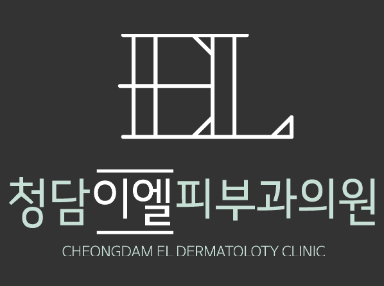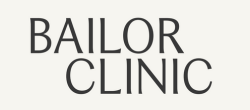Juvelook vs Rejuran | Which Korean Skin Booster Suits You?
Introduction
If you're exploring advanced skin-booster treatments in Korea, two names stand out: Juvelook and Rejuran. Both aim to enhance skin quality, but they differ significantly in ingredients, purpose, and ideal candidates. This guide breaks down how they compare, so you can choose with confidence.
What Is Rejuran?
Rejuran uses polynucleotides (PN) derived from salmon DNA to support skin regeneration and repair. It's designed for improving skin barrier health, reducing inflammation, and enhancing overall skin resilience.
Key points:
- Ideal for skin that is thin, tired, post-laser treated or has visible damage.
- Focuses on renewal rather than volume.
- Results build gradually as the skin repairs itself.
What Is Juvelook?
Juvelook is a hybrid skin-booster combining hyaluronic acid (HA) with a collagen-stimulating polymer (like PDLLA). Its focus is on firming, texture improvement, pore reduction, and subtle volumising of the skin.
Key points:
- Best when your concern is loss of elasticity, enlarged pores, acne scars or early sagging.
- Works more on structure (collagen + HA) rather than purely repair.
- Builds over time, with visible texture/firmness improvement.
Juvelook vs Rejuran — Key Differences
1. Core Purpose
- Rejuran: Skin regeneration + repair (barrier, inflammation, thin skin).
- Juvelook: Collagen boost + texture/firmness improvement + some volume enhancement.
2. Ingredients & Mechanism
- Rejuran: Polynucleotides from salmon DNA → supports fibroblast activity and skin healing.
- Juvelook: HA + a collagen-stimulating polymer → immediate hydration & longer-term firming.
3. Ideal Skin Concerns
- Choose Rejuran if: Your skin is sensitive, has damage, needs barrier repair, or you want subtle glow and resilience.
- Choose Juvelook if: You’re dealing with pores, acne scars, early sagging, skin thinning, or want visible improvement in firmness.
4. Treatment Course & Onset
- With Rejuran you may see improvements in skin texture and barrier relatively early, but the full effect (repair + resilience) takes time.
- With Juvelook the hydration effect from HA shows early and the firmness/collagen effects build over weeks to months.
5. Downtime & Safety
- Both treatments have minimal downtime when done by skilled practitioners. Some mild redness/swelling may occur.
- Because Juvelook has a firmer structural focus, technique and dose are important — an experienced injector matters.
- For Rejuran, because it focuses on repair/healing, monitoring skin condition and thinning skin is critical.
How to Choose Which One for You
- Ask your dermatologist: What is your primary concern — barrier repair/inflammation (Rejuran) or texture/firmness/early sagging (Juvelook)?
- Consider combining: For some patients a combination approach — Rejuran for repair + Juvelook for firming — can offer a layered result.
- Evaluate your budget: The number of sessions, volume used, and maintenance will vary between products.
- Ask about the doctor’s experience with each product: Because subtle variation in injection depth, dilution, and technique influences outcomes.
Final Thoughts
Both Juvelook and Rejuran represent next-level skin-booster treatments in Korea. They aren’t traditional fillers — they work from within to improve skin quality, not just add volume.
- If your priority is skin health, barrier strength, repair, lean toward Rejuran.
- If your priority is firmness, texture improvement, visible collagen boost, lean toward Juvelook.
And remember: the most important factor isn’t just the brand — it’s the skill and judgement of the dermatologist administering it.


